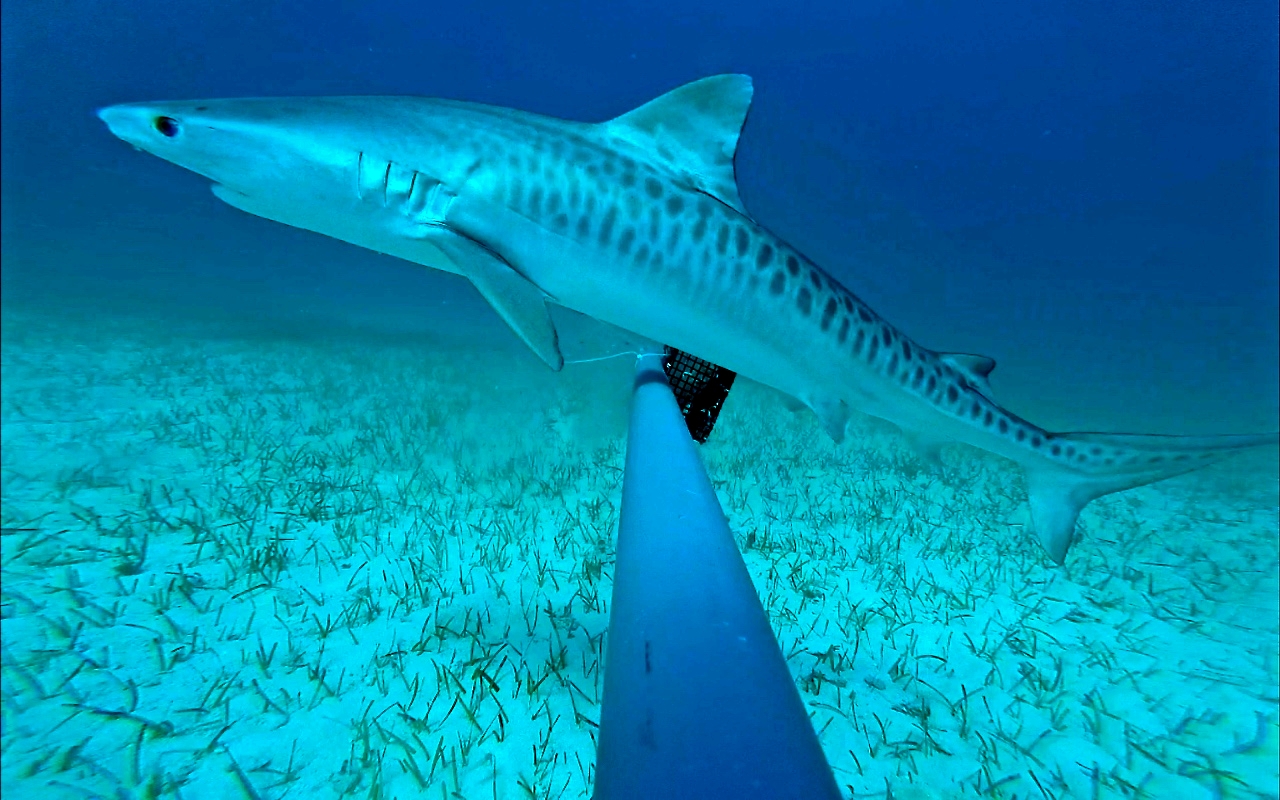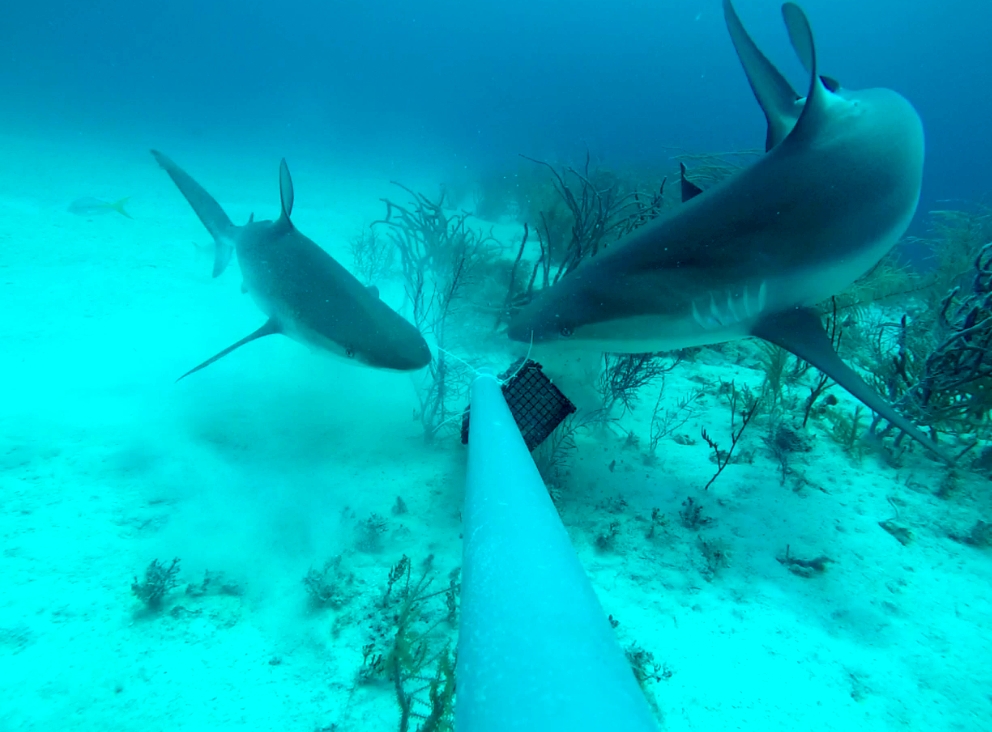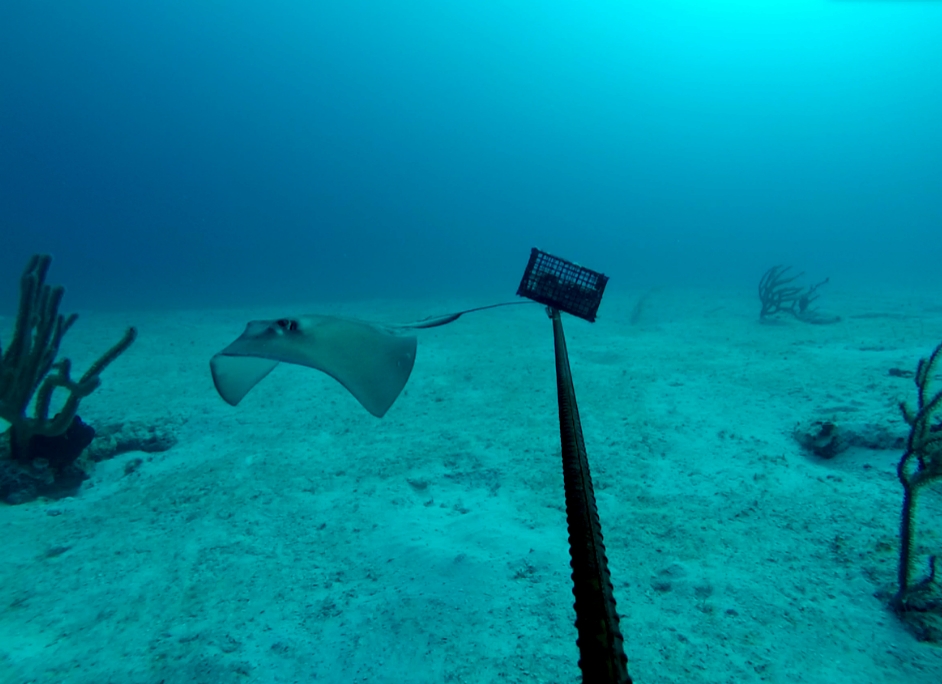 Last week, four members of the Shark Research and Conservation Program (SRCP) travelled to Nassau, New Providence to participate in a global effort to assess the abundance and diversity of apex predators on coral reefs, termed The Global Finprint Project (GFP). The GFP is a Paul G. Allen initiative, facilitating global cooperation between various scientific institutions. The main goal is to collect abundance and diversity data on reef-associated elasmobranchs in order to provide a valuable baseline pertaining to their current population trends. The call to assess the health of these populations is critical, as many are either listed by the IUCN as data deficient, or are showing rapid declines. The GFP is the largest study of its kind ever undertaken, and the SRCP is responsible for surveying a multitude of sites across the greater Caribbean.
Last week, four members of the Shark Research and Conservation Program (SRCP) travelled to Nassau, New Providence to participate in a global effort to assess the abundance and diversity of apex predators on coral reefs, termed The Global Finprint Project (GFP). The GFP is a Paul G. Allen initiative, facilitating global cooperation between various scientific institutions. The main goal is to collect abundance and diversity data on reef-associated elasmobranchs in order to provide a valuable baseline pertaining to their current population trends. The call to assess the health of these populations is critical, as many are either listed by the IUCN as data deficient, or are showing rapid declines. The GFP is the largest study of its kind ever undertaken, and the SRCP is responsible for surveying a multitude of sites across the greater Caribbean.
Abundance and diversity data is collected through a scientifically accepted, non-invasive methodology, Baited Remote Underwater Video (BRUVs). BRUV’s consist of a camera, weighted frame, and bait arm, which provides a concentrated plume, designed to attract predators. BRUVS are deployed for 90-minute ‘soak’ periods in order to allow enough time for the plume to travel and disperse within the water column. Over seven days the team collected over 100 hours of video from two regions (south west, and north east) off Nassau, New Providence, from depths ranging from 2m to 30m.
Preliminary assessment of the video data suggest a diverse array of sharks and other predators associated with reefs around Nassau. The team identified hammerhead, Caribbean reef, blacknose, nurse, and tiger sharks, as well as southern stingrays, amberjack, turtles and a Spanish mackerel. Failing to robustly assess the diversity and the relative abundance of these animals has large implications for their effective management, and data collected from Nassau provides an intrinsic step to facilitating the success of this global conservation effort. Finally, our team would like to extend large thanks to Stuart Cove’s for their generous hospitality during this trip.

